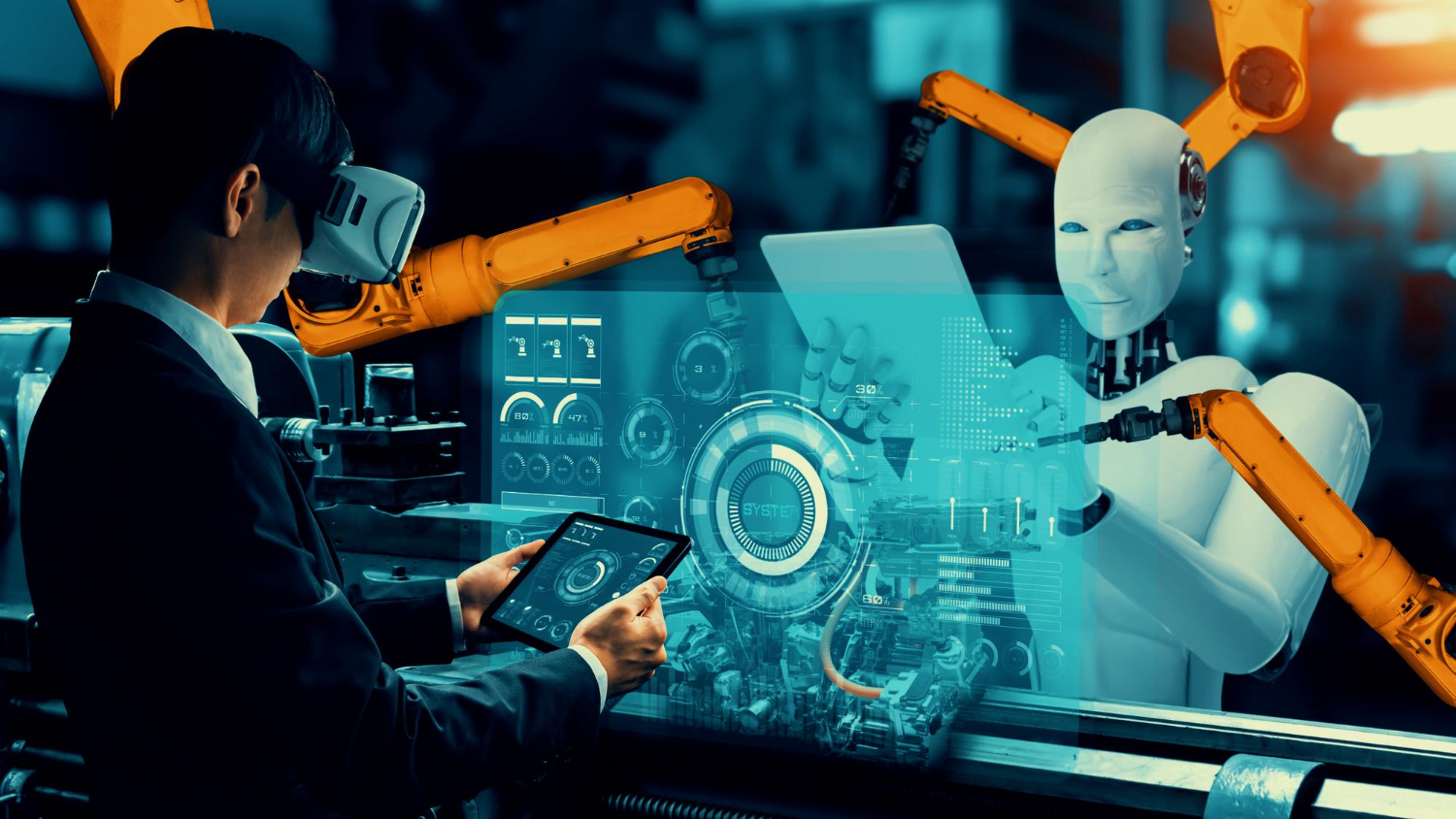
Gear inspection plays a crucial role in ensuring the functionality and reliability of gears across various industries such as automotive, aerospace, and manufacturing. As technology advances, the methods and tools for inspecting gears have also evolved significantly.
Looking ahead, the future of gear inspection promises to be driven by innovative technologies such as artificial intelligence (AI) and machine learning (ML), revolutionizing the way gears are inspected and ensuring higher efficiency and accuracy in the process.
One of the most significant trends shaping the future of gear inspection is the integration of AI and ML algorithms into inspection processes.
These technologies enable automated analysis of gear data, offering more precise and reliable results compared to traditional manual inspection methods. AI algorithms can detect defects and anomalies in gears with greater speed and accuracy, leading to improved quality control and reduced downtime.
AI and ML algorithms can be leveraged for the predictive maintenance of gear systems. By analysing data from sensors and monitoring equipment, these technologies can predict potential failures or issues in gears before they occur, allowing for timely maintenance and preventing costly downtime. Predictive maintenance also helps optimize the lifespan of gears and reduces the risk of unexpected failures, enhancing overall operational efficiency.
The future of gear inspection will witness the adoption of advanced imaging techniques such as computed tomography (CT) scanning and high-resolution digital imaging.
CT scanning offers 3D visualization of internal gear structures, allowing for comprehensive inspection of complex gear geometries and hidden defects. High-resolution digital imaging techniques provide detailed surface analysis, enabling inspectors to detect even the smallest imperfections or irregularities in gears.
Automation and robotics are poised to play a significant role in the future of gear inspection. Automated inspection systems equipped with robotic arms and specialized sensors can perform inspections more efficiently and accurately than manual methods.
These systems can handle repetitive tasks with precision, freeing up human inspectors to focus on more complex analysis and decision-making processes. Additionally, robotic inspection systems can operate in hazardous or hard-to-reach environments, improving safety and accessibility in gear inspection processes.
The future of gear inspection will be characterized by the integration of data from multiple sources and the analysis of large datasets to extract valuable insights. AI and ML algorithms can process vast amounts of inspection data, including images, sensor readings, and historical performance data, to identify patterns and trends.
By combining data from various sources, inspectors can gain a more comprehensive understanding of gear performance and make informed decisions regarding maintenance and quality control.
Cloud-based inspection platforms offer scalability and flexibility in gear inspection processes. These platforms enable inspectors to access inspection data and analysis tools from anywhere, facilitating collaboration and remote monitoring of gear systems. Cloud-based solutions also provide real-time insights into gear performance, allowing for proactive maintenance and continuous improvement of inspection processes.
The future of gear inspection is poised to undergo a paradigm shift driven by innovative technologies and methodologies.
The integration of artificial intelligence (AI) and machine learning (ML) algorithms into gear inspection processes stands out as a significant trend, promising more precise and efficient inspections compared to traditional methods.
By automating analysis and detection processes, AI and ML enable quicker identification of defects and anomalies, leading to enhanced quality control and reduced downtime.
Moreover, the implementation of predictive maintenance through AI and ML algorithms offers the potential to revolutionize gear system management.
By analyzing data from sensors and monitoring equipment, these technologies can forecast potential failures, allowing for timely interventions and preventing costly disruptions to operations. This proactive approach not only optimizes the lifespan of gears but also enhances overall operational efficiency.
Advanced imaging techniques, such as computed tomography (CT) scanning and high-resolution digital imaging, are expected to play a crucial role in the future of gear inspection. These techniques enable comprehensive inspection of complex gear geometries and hidden defects, ensuring thorough quality control.
Furthermore, the integration of robotics and automation into gear inspection processes promises to streamline operations and improve accuracy.
Automated inspection systems equipped with robotic arms and specialized sensors can handle repetitive tasks with precision, freeing human inspectors to focus on more complex analyses. Additionally, these systems enhance safety by operating in hazardous environments and inaccessible areas.
The future of gear inspection also entails the integration and analysis of large datasets from multiple sources. By harnessing AI and ML algorithms to process inspection data, inspectors can gain valuable insights into gear performance, facilitating informed decision-making regarding maintenance and quality control.
Cloud-based inspection platforms offer scalability, flexibility, and real-time insights into gear performance. By enabling remote access to inspection data and analysis tools, these platforms facilitate collaboration and proactive maintenance, driving continuous improvement in gear inspection processes.
To summarise, the future of gear inspection holds tremendous promise, characterized by the integration of cutting-edge technologies, predictive maintenance strategies, advanced imaging techniques, robotics, and data analytics.
Embracing these innovations will not only enhance the functionality and reliability of gears but also drive efficiency and productivity across various industries. As technology continues to evolve, gear inspection will remain at the forefront of ensuring optimal performance and reliability in critical machinery and equipment.